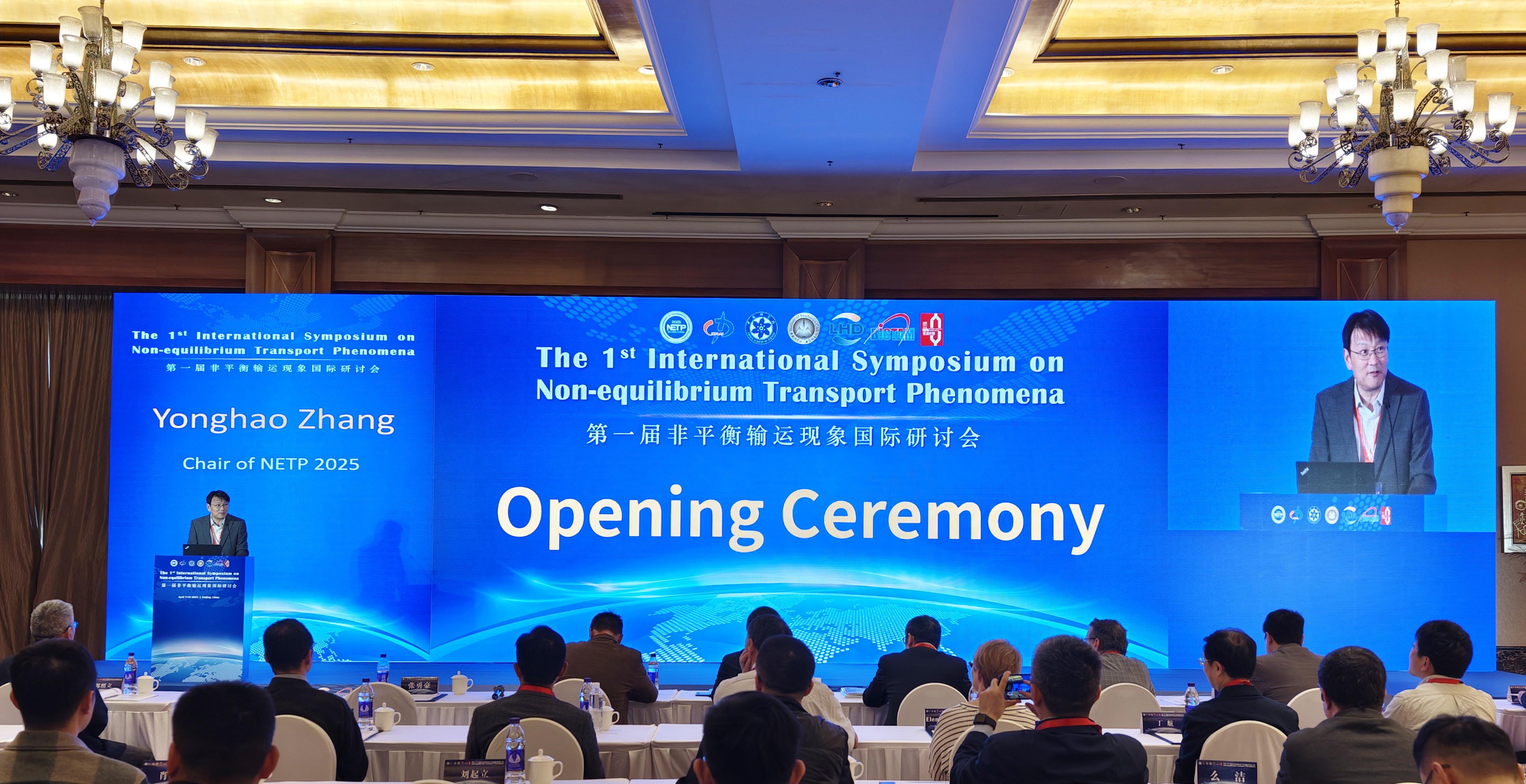Bringing Mangrove Forests Back to Life
A?view?of?mangrove forest?in?Xiamen?shows?increased?greenness?around?a?lake.?(PHOTO:?XINHUA)
By?LIN?Yuchen
Mangrove forest trees with their characteristic red bark serve as vital "marine green lungs." They mitigate coastal erosion, purify seawater, and provide habitats for diverse marine life. Yet despite their importance, global mangrove ecosystems are facing a decline in area and functionality.
A report by the United Nations Environment Programme in April 2023 revealed a 3.4 percent decrease in global mangrove coverage since 1996, with a net loss of 5,245 square kilometers. However, China has emerged as one of the few countries to witness a net increase in mangrove areas in recent years.
Restoring mangrove ecosystems
Professor Lu Changyi at Xiamen University, Fujian, has been at the forefront of mangrove research since the 1980s. His pioneering work, alongside his mentor, Professor Lin Peng, laid the foundation for mangrove conservation and restoration in China.
"In the early years, we found that the mangrove plant species surviving in the Xiamen and Zhangzhou areas were very limited. The coastline soil types were diverse, and the living environment was complex. Only by increasing biodiversity could mangrove communities become more stable," said Lu.
In 1987, Lin Peng's team began introducing mangrove varieties from Hainan province to the Jiulong River estuary in Fujian.
"We spent six years overcoming the technical difficulties of mangrove introduction through artificial domestication and natural selection, allowing cold-resistant varieties such as Avicennia marina and Bruguiera gymnorrhiza to successfully cross five dimensions and ultimately survive in Fujian," said Lu. Based on this practice, the research team was the first to propose using physiological and biochemical indicators as the basic principles for mangrove northward migration and afforestation site selection in China.
They established a technical system based on indicators such as tree species, tidal levels, tidal flow, salinity and soil for selecting suitable afforestation sites. This system, like a manual for mangrove northward migration, provided theoretical foundations and technical support for mangrove afforestation and ecological restoration in China.
Harmonious conservation and livelihoods
However, the journey towards mangrove conservation hasn't been devoid of challenges.
Lu Changyi's leadership in the construction of the Xiatanwei mangrove forest faced resistance from local villagers, who were concerned that the construction of the mangrove forest would affect their income and livelihoods.
These fishermen's resistance was not malicious, but stemmed from a lack of understanding of the value of mangroves.
In the eyes of researchers, mangroves are breeding and habitat grounds for various fish species, and building mangrove forests means protecting fishery resources. In the long run, mangroves can provide fishermen with a more stable and sustainable income. Additionally, as a unique ecosystem, mangroves have high aesthetic value, which is significant for improving the local environment and developing ecotourism.
To address this, Lu volunteered to raise awareness among the locals. Carrying a prepared film projector, he would find a wall in the village and borrow a bedsheet as a makeshift screen. When villagers came out to cool off in the evenings, he would promote the benefits of mangroves to them. The local villagers have finally changed their minds through these efforts.
Public awareness raised
In August 2020, the Ministry of Natural Resources and the National Forestry and Grassland Administration jointly issued a action plan, stating that by 2025, efforts will be made to create and restore 18,800 hectares of mangroves. It is estimated that China's mangrove area will reach 36,000 hectares by 2025.
Wang Wenqing, director of the Mangrove Ecology Professional Committee at the Ecological Society of China, said that he was pleased to see that most of the suggestions and opinions that have been proposed by many experts were adopted.
"The action plan sets a target of 18,800 hectares of new mangrove areas, with the restoration area of degraded forests reaching 9,750 hectares, which exceeds the afforestation area. This is a positive shift," said Wang. The implementation of this plan marks a transition in China's mangrove conservation efforts from focusing solely on increasing mangrove areas to enhancing the structure and function of mangrove wetland ecosystems.
"China's scientific research achievements in mangroves rank among the top in the world. Four out of the top five institutions, in terms of the number of mangrove papers published globally each year, are from China," said Wang.







